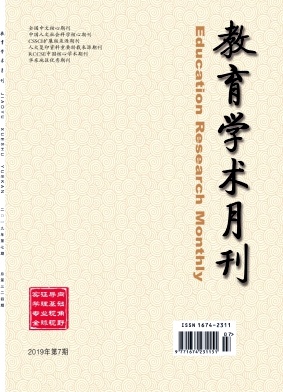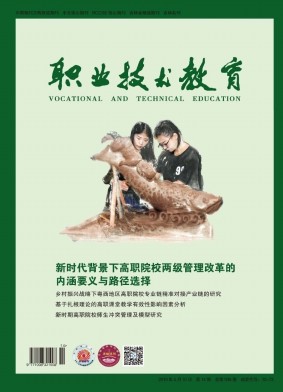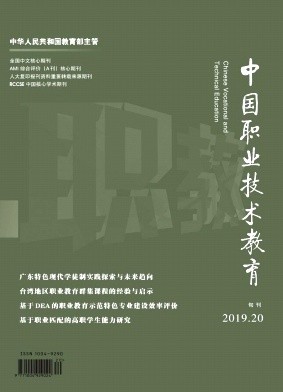摘要 基于比较优势理论,提出B-S-P识别框架并确定分级和分类阈值,利用2017年辽宁省经济、社会、夜间灯光等数据,运用PCA、热点分析、近邻分析等方法对该省经济发展区域进行了实证分析。结果表明:辽宁优势区域分布呈空间异质性,沈大沿线区域与各市辖区优势显著;优势区具有“一轴两翼—三核辐射”的空间集聚特征,强弱优势区呈较明显的中心—外围结构特征;优势区域要素集聚能力存在差异。对于不同类型优势区,需针对性地制定发展对策,才能实现协同发展。 based on the theory of comparative advantage,this paper proposed the B-S-P identification framework and determined the classification and classification thresholds.Adopting the data of Liaoning Province′s economy,society,and night lights in 2017,it used PCA,hot spot analysis,neighbor analysis and other methods for empirical analysis.The results showed that the distribution of dominant regions in Liaoning Province was spatially heterogeneous,and the areas along the Shenyang-Dalian line and the municipal districts had significant advantages;the dominant regions had the characteristics of spatial agglomeration of“one axis,two wings-three nuclear radiation”,and the strong and weak dominant regions present a relatively obvious center-peripheral structural characteristics;there were differences in the agglomeration capabilities of advantageous regional elements,and for different types of advantageous areas,the government should implement targeted development strategies to achieve coordinated development.
机构地区 辽宁师范大学地理科学学院
出处 《资源开发与市场》 CAS 2021年第4期423-428,共6页 Resource Development & Market
基金 国家自然科学基金项目(编号:41701123)。
关键词 优势区识别 B-S-P框架 非均衡协调发展 辽宁省 identification of superior areas B-S-P framework unbalanced and coordinated development Liaoning Province
分类号 F427 [经济管理—产业经济]




